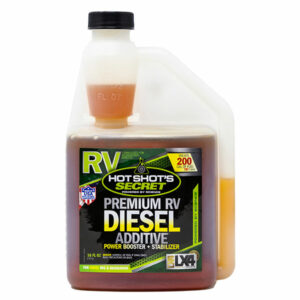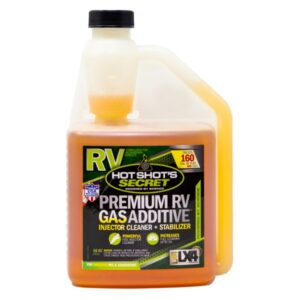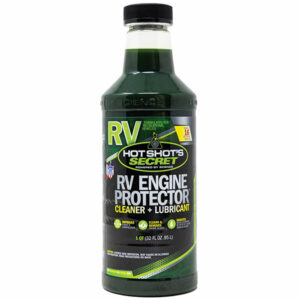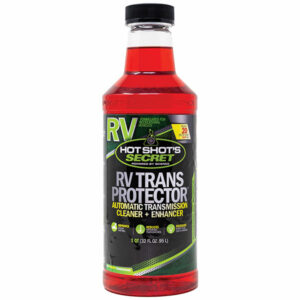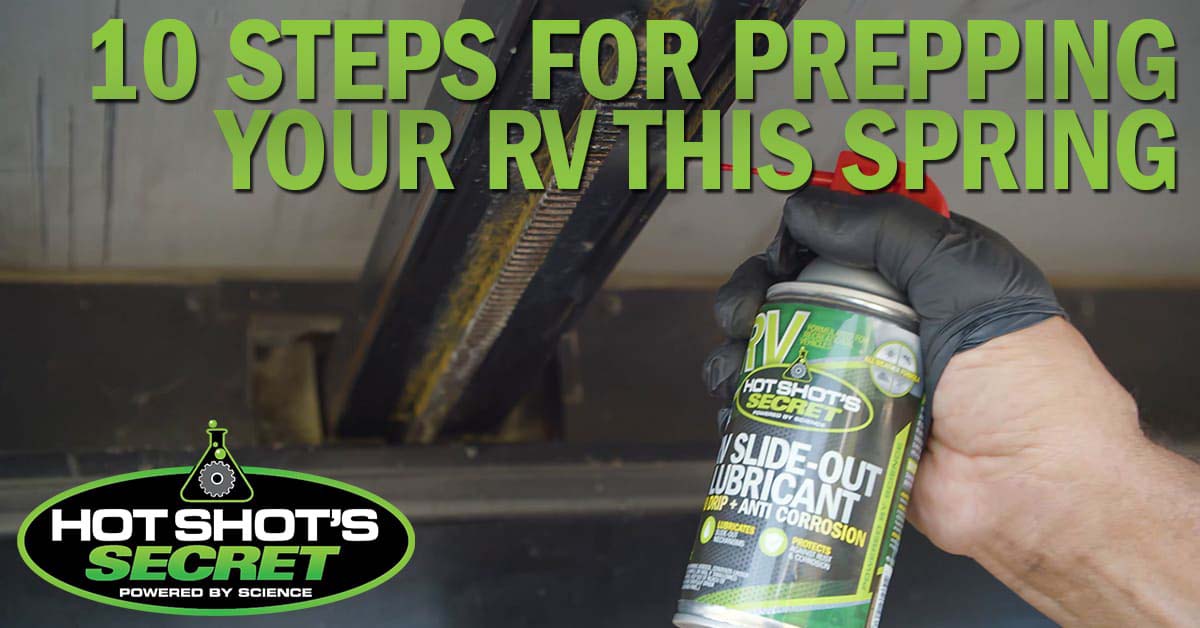
For some, there is no better time of the year than when the first warm day rolls around, it makes you want to hit the open road. When it comes to your home on wheels, you shouldn’t just grab the keys and go. Instead, take some time to prep for the season now and have a trouble-free trip. Imagine how much more fun your spring or summer trips will be when you have peace of mind knowing you’ve completed these spring RV maintenance tasks first. Here at Hot Shot’s Secret, we have a full line of products just for your RV, to keep you rolling down the road worry-free.
1. Check Coolant Levels
When was the last time you check the coolant level? You likely don’t remember, so start off the travel season by opening the hood and do that first. We offer a complete line of pre-diluted Anti-Freeze/Coolant for most applications.
2. Change Fuel Filters
Start the season with a fresh fuel filter, especially if the power unit is a diesel. A clogged filter can leave you strained on the side of the road. Use high-quality fuel with the addition of Premium RV Gas or Premium RV Diesel Additive to maintain and improve the quality at each fill-up and extend your fuel mileage.
3. Check Oil Levels
Check the transmission, power steering, engine oil, windshield washer and brake fluid. Consult your vehicle owner’s manual for proper levels. If a fluid level is low, try to determine why and correct the problem if one is found. Service the engine and engine fluid levels according to specified intervals found in the vehicle owner’s manual. If you change your oil do a spring clean by adding RV Engine Protector to the oil. Not only will it clean any burnt oil but adds wear protection with a patented nano carbon.
4. Check and Lubricate Slide Units
Now is great time to lubricate your slide out if you have them on your RV. The task only takes a few minutes and is easy. Just run the slides out, spray RV Slide Out Lubricant on the tracks and/or gears. See our video for event more details.
5. Check Tires for Wear And Pressure
Tires may look full, but don’t let that fool you. You should always check your tire pressure before any trip in your RV, but it is especially important after your RV has been sitting all winter. This is also a good time to check for cracks or separation on your tires. Watch our video to learn how to inspect your tires plus find out when it was made. Don’t forget to check the spare too!
6. Check the Batteries
The condition of the battery(s) is dependent on how well they were cared for over the winter. Batteries in storage will lose charge during storage. If you checked and recharged the battery(s) periodically while in storage they should be ready to go. If not, the first step is to fully charge the battery(s). Water should only be added to lead-acid battery(s) after fully charging the battery, unless the water level is already below the plates. The plates need to be covered at all times. After the battery is fully charged, check and add distilled water as required. If the battery(s) was removed for storage, reinstall it making absolutely sure it is connected properly. Put a load on the battery after reinstalling to make sure it can still function properly after storage.
7. Check the Water System
After sitting in storage the water system needs to be de-winterized. If your unit was winterized using non-toxic RV antifreeze you need to run fresh water through the entire system until all traces of the antifreeze are removed. When the water is running clear through the system turn the pump off and close the faucets. Take the water heater out of the by-pass mode (if applicable). Replace any water filter cartridges you removed for storage.
8. Check Safety Devices
Test the operation of the carbon monoxide detector, LP gas leak detector and smoke alarm(s). Inspect all fire extinguishers to make sure they are fully charged. Change out the batteries of the safety devices if you can’t remember the last time they were changed.
9. Start Your Generator
Check the oil level in the generator. Service the generator according to intervals found in the owner’s manual. If you didn’t run the generator during storage, start and run it for about two hours with a half-rated load. Better to know the condition now, then it not run when called upon. Use of a quality fuel additive such as Premium RV Gas or Premium RV Diesel Additive will keep your generator running strong especially if stored for long periods of time.
10. Check That Your License Is Current
You don’t need the hassle of being stopped by the law, check that your tag is current.
These are just 10 steps for prepping your RV this spring, but there are more. Check out our library of videos about RV maintenance.

